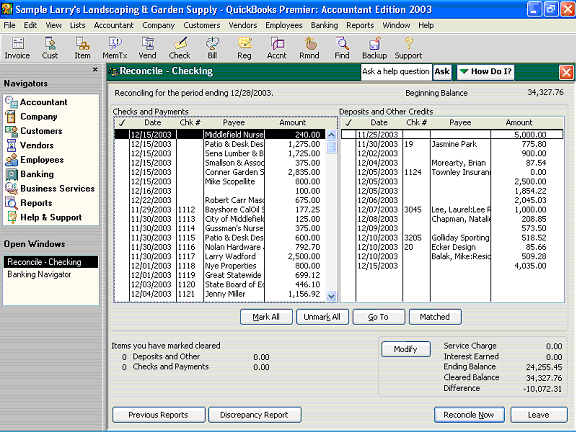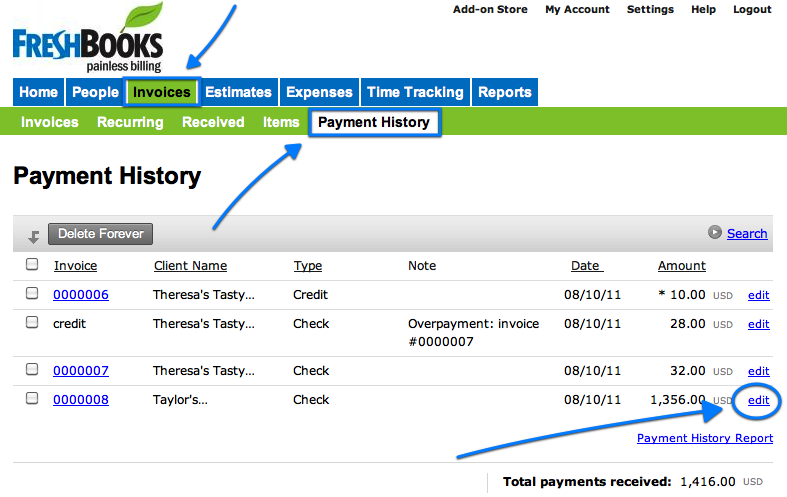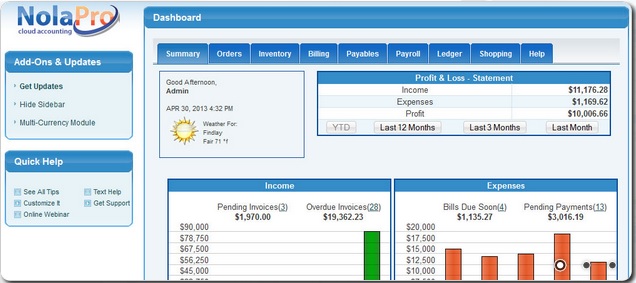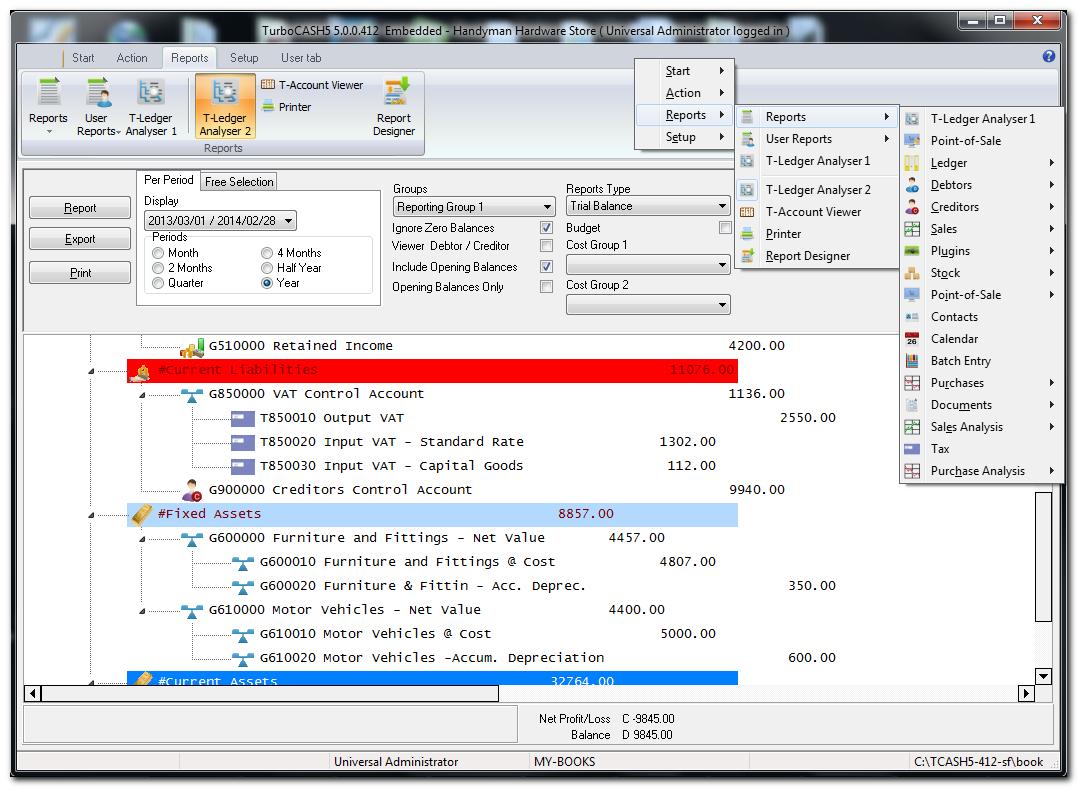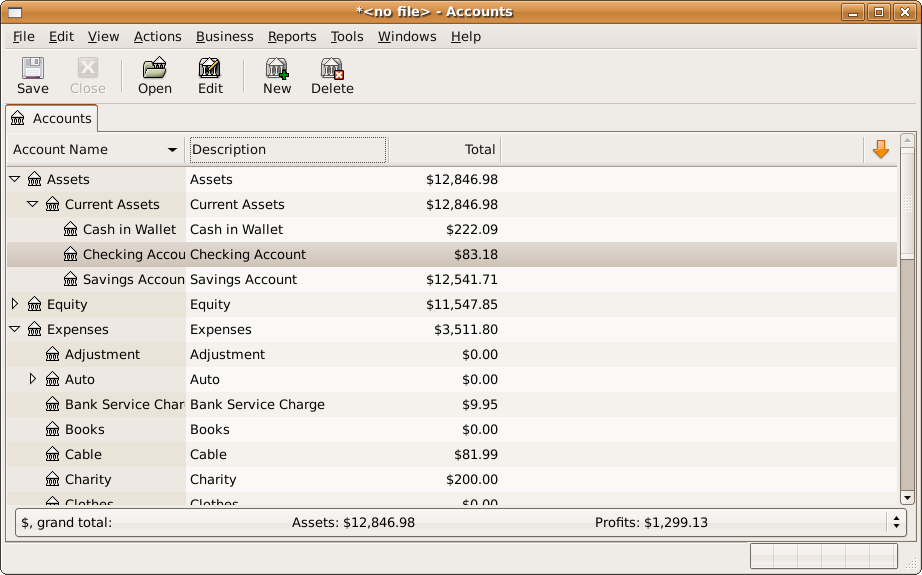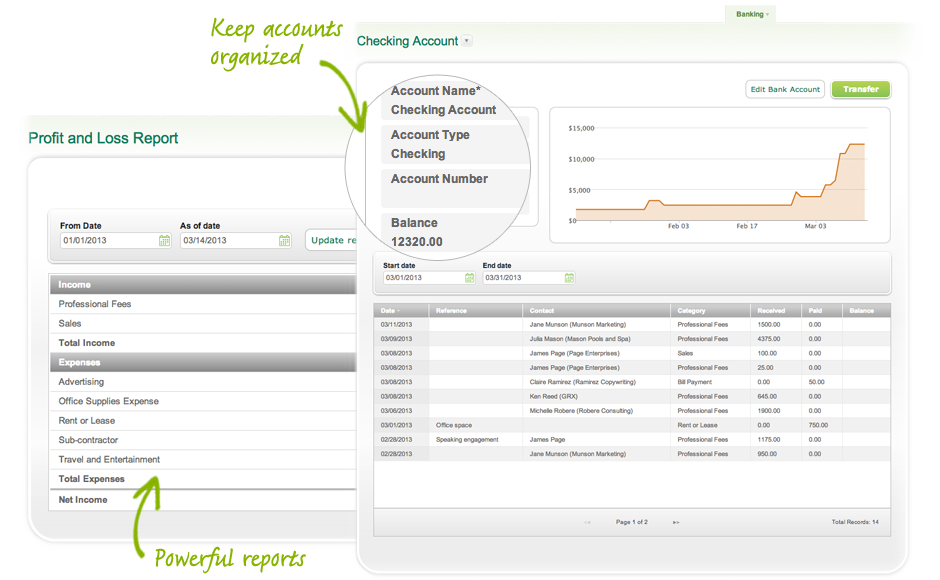Wolters Kluwer, CCH Projects 2015 Tax Rate Brackets And Other Inflation-Adjusted Figures
The U.S. Department of Labor has released the Consumer Price Index (all urban) for August 2014, which is the last statistic needed to compute many of the inflation adjustments for the 2015 tax brackets, deductions, and credits that are built into the Tax Code. Although the IRS traditionally does not release these figures officially until later in the year, as a service to our subscribers, Wolters Kluwer, CCH has projected the inflation-adjusted figures for 2015 using the formulas specified in the Code. These figures include the tax bracket numbers for the 2015 Tax Rate Schedules, the standard deduction, personal exemption, and other tax amounts for use in year-end 2015 planning. The rate of inflation as measured for tax purposes increased approximately 1.7 percent from August 2013 to August 2014 based upon CPI-Us used to compute 2014 amounts.
CCH Comment
These figures reflect the inflation figures released by the Department of Labor on September 17, 2014. In the unlikely case that the Labor Department issues revised figures, the projections necessarily will change.
2015 Tax Rates
Joint returns. For 2015, for married taxpayers filing jointly and surviving spouses, the maximum taxable income for the 10-percent bracket is $18,450, (up from $18,150 for 2014); for the 15-percent tax bracket, $74,900 (up from $73,800 for 2014); for the 25-percent tax bracket, $151,200 (up from $148,850 for 2014); for the 28-percent tax bracket, $230,450 (up from $226,850 for 2014); for the 33-percent tax bracket, $411,500 (up from $405,100 for 2014); and for the 35-percent tax bracket, $464,850 (up from $457,600 for 2014). Above the 35-percent threshold, taxpayers will fall within the top 39.6-percent tax bracket.
Heads of household. For heads of household, the maximum taxable income for the 10-percent bracket is $13,150 (up from $12,950 for 2014); for the 15-percent tax bracket, $50,200 (up from $49,400 for 2014); for the 25-percent tax bracket, $129,600 (up from $127,550 for 2014); for the 28-percent tax bracket, $209,850 (up from $206,600 for 2014); for the 33-percent tax bracket, $411,500 (up from $405,100 for 2014); and for the 35-percent tax bracket, $439,000 (up from $432,200 for 2014). Above the 35-percent threshold, taxpayers will fall within the top 39.6-percent tax bracket.
Unmarried filers. For unmarried, single filers who are not heads of household or surviving spouses, the maximum taxable income for the 10-percent bracket is $9,225 (up from $9,075 for 2014); for the 15-percent tax bracket, $37,450 (up from $36,900 for 2014); for the 25-percent tax bracket, $90,750 (up from $89,350 for 2014); for the 28-percent tax bracket, $189,300 (up from $186,350 for 2014); for the 33-percent tax bracket, $411,500 (up from $405,100 for 2014); and for the 35-percent tax bracket, $413,200 (up from $406,750 for 2014). Above the 35-percent threshold, taxpayers will fall within the top 39.6-percent tax bracket.
Married separate filers. For married taxpayers filing separately, the maximum taxable income for the 10-percent bracket is $9,225 (up from $9,075 for 2014); for the 15-percent tax bracket, $37,450 (up from $36,900 for 2014); for the 25-percent tax bracket, $75,600 (up from $74,425 for 2014); for the 28-percent tax bracket, $115,225 (up from $113,425 for 2014); for the 33-percent tax bracket, $205,750 (up from $202,550 for 2014); and for the 35-percent tax bracket, $232,425 (up from $228,800 for 2014). Above the 35-percent threshold, taxpayers will fall within the top 39.6-percent tax bracket.
Estates and trusts. For estates and trusts, the maximum taxable income for the 15-percent bracket is $2,500 (the same as for 2014); for the 25-percent tax bracket, $5,900 (up from $5,800 for 2014); for the 28-percent tax bracket, $9,050 (up from $8,900 for 2014); and for the 33-percent tax bracket, $12,300 (up from $12,150 for 2014). Above the 33-percent threshold, taxpayers will fall within the top 39.6-percent tax bracket.
2015 Personal Exemption
For 2015 personal exemptions will increase to $4,000, up from $3,950 in 2014. The phaseout of the personal exemption for higher income taxpayers will begin after taxpayers pass the same income thresholds set forth for the limitation on itemized deductions, detailed below.
ExactCPA Comment
The personal exemption will completely phaseout when income surpasses the following levels: $432,400 (married joint filers); $406,550 (Heads of household); $380,750 (unmarried taxpayers); and $216,200 (married filing separate).
2015 Standard Deduction
For 2015, the standard deduction will be as follows: $6,300 for unmarried taxpayers and married separate filers (up from $6,200 in 2014). For married joint filers, the standard deduction will rise to $12,600, up from $12,400 in 2014. For heads of household, the standard deduction will be $9,250, up from $9,100 in 2014.
The 2015 standard deduction for an individual claimed as a dependent on another taxpayer’s return is either: $1,050 or $350 plus the dependent’s earned income, whichever is greater.
The additional standard deduction for the blind and aged increases for married taxpayers to $1,250, up from $1,200 in 2014. For unmarried aged or blind taxpayers, the amount of the additional standard deduction remains $1,550.
Limitation on Itemized Deductions
For higher income taxpayers who itemize their deductions, the limitation on itemized deductions for 2015 will be imposed at income above levels:
- For married couples filing joint returns or surviving spouses, the income threshold will be $309,900, up from $305,050 for 2014.
- For heads of household, the threshold will be $284,050, up from $279,650 in 2014.
- For single taxpayers, the threshold will be $258,250, up from $254,200 in 2014.
- For married taxpayers filing separate returns, the 2015 threshold will be $154,950, up from $152,525 for 2014.
AMT Exemptions
Wolters Kluwer, CCH projects that, for 2015, the AMT exemption for married joint filers and surviving spouses will be $83,400 (up from $82,100 in 2014). For heads of household and unmarried single filers, the exemption will be $53,600 (up from $52,800 in 2014). For married separate filers, the exemption will be $41,700, up from ($41,050 in 2014). For estates and trusts, the exemption will be $23,800 (up from $23,500 in 2014.)
For a child to whom the so-called “kiddie tax” under
Code Sec. 1(g) applies, the exemption amount for AMT purposes may not exceed the sum of the child’s earned income for the tax year, plus $7,400 (up from $7,250 for 2014).
Other Adjusted Amounts
Roth IRA Contributions. Contributions to a Roth Individual Retirement Account (IRA) are limited for taxpayers with adjusted gross income above certain limits adjusted annually for inflation. For 2015, the allowed Roth IRA contribution amount will begin to phase out for married taxpayers filing jointly with income above $183,000 (up from $181,000 for 2014). For heads of household and unmarried filers, the phaseout range will kick in for taxpayers with income above $116,000 (up from $114,000 for 2014).
IRA Contributions. The maximum amount of deductible contributions that can be made to an IRA will remain the same for 2015, at $5,500 (or $6,500 for taxpayers eligible to make catch-up contributions). The income phaseout ranges increase, however. For 2015, the allowable amount of deductible IRA contributions will phaseout for married joint filers whose income is between than $98,000 and $118,000 (if both spouses are covered by a retirement plan at work). If only one spouse is covered by a retirement plan at work, the phaseout range is from $183,000 to $193,000.
For heads of household and unmarried filers who are covered by a retirement plan at work, the 2015 income phaseout range for deductible IRA contributions is $61,000 to $71,000, up from $60,000 to $70,000 for 2014.
Saver’s Credit. For 2015, the saver’s credit will be available based on AGI limit and filing status as follows: joint filers: $36,500, AGI for a 50-percent credit, $39,500 for a 20-percent credit, and $61,000 for a 10-percent credit; heads of household: $27,375, AGI for a 50-percent credit, $29,625 for a 20-percent credit, and $45,750 for a 10-percent credit; other filers: $18,250 AGI for a 50-percent credit, $19,750 for a 20-percent credit, and $30,500 for a 10-percent credit.
Adoption expense credit. For 2015, the adoption credit limit amount will be $13,400, with the income phaseout beginning at $201,010 (up from $197,880 for 2014).
Education Savings Bond Interest Exclusion. When U.S. savings bonds are redeemed to pay expenses for higher education, the interest may be excluded from income if the taxpayer’s income is below a certain range. For 2015, the phase-out range for single filers will be from $77,200 to $92,200 (up from $76,000 to $91,000 for 2014). For joint filers the 2015 phase-out range will be $115,750 to $145,750 (up from $113,950 to $143,950 for 2014).
Phase-out of Student Loan Interest Deduction. For 2015, the $2,500 student loan interest deduction will phaseout for married joint filers with income between $130,000 and $160,000, the same as for 2014. For single taxpayers, the 2015 deduction will begin to income phaseout range is from $65,000 to $80,000.
Medical Savings Accounts. The minimum–maximum range for premiums used to determine whether a medical savings account (MSA) is tied to a high deductible health plan for 2015 will be $2,200 to $3,300 for self-only coverage (up from $2,200 to $3,250 for 2014) and $4,450 to $6,650 for family coverage (up from $4,350 to $6,550 for 2014).
Self-only coverage plans are subject to a $4,450 maximum amount for annual out-of-pocket costs (up from $4,350 for 2014). Family coverage plans have a $8,150 annual limit (up $8,000 for 2014).
Limitation on Flexible Spending Arrangements (FSAs). The limitation on the amount of salary reductions an employee may elect to contribute to a cafeteria plan under an FSA increases to $2,550 for 2015, up $50 from the limit for 2014 and 2013.
Long-term Care Insurance. The per diem exclusion for long-term care insurance proceeds for 2015 will be $330 per day. The dollar level of long-care premiums deductible as health insurance premiums will range from $380 for those 40 years or younger to $4,750 for those over 70 years of age.
Qualified Transportation Fringe Benefits. For 2015 the monthly cap on the exclusion for transit passes and for commuter highway vehicles will be $130, the same as it was for 2014 (parity between transit and parking benefits expired at the end of 2013). The monthly cap on qualified parking benefits will be $250, the same as for 2014.
Estate and Gift Tax. The gift tax annual exemption will remain the same for 2015, at $14,000. However, the estate and gift tax applicable exclusion will increase from $5,340,000 in 2014 to $5,430,000 for 2015.
Gifts to Noncitizen Spouses. The first $147,000 of gifts made in 2015 to a spouse who is not a U.S. citizen will not be included in taxable gifts, up $2,000 from $145,000 in 2014.
Foreign Earned Income/Housing. The amount of the 2015 foreign earned income exclusion under
Code Sec. 911 will be $100,800, up from $99,200 for 2014. The maximum foreign earned income housing deduction for 2015 will be $30,240, up from $29,760 for 2014.

